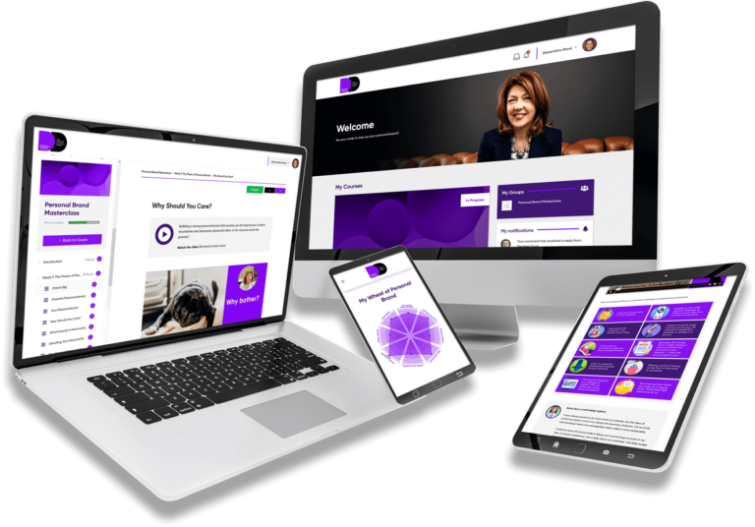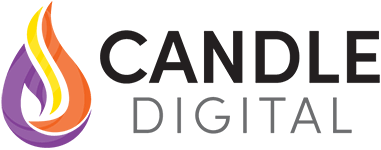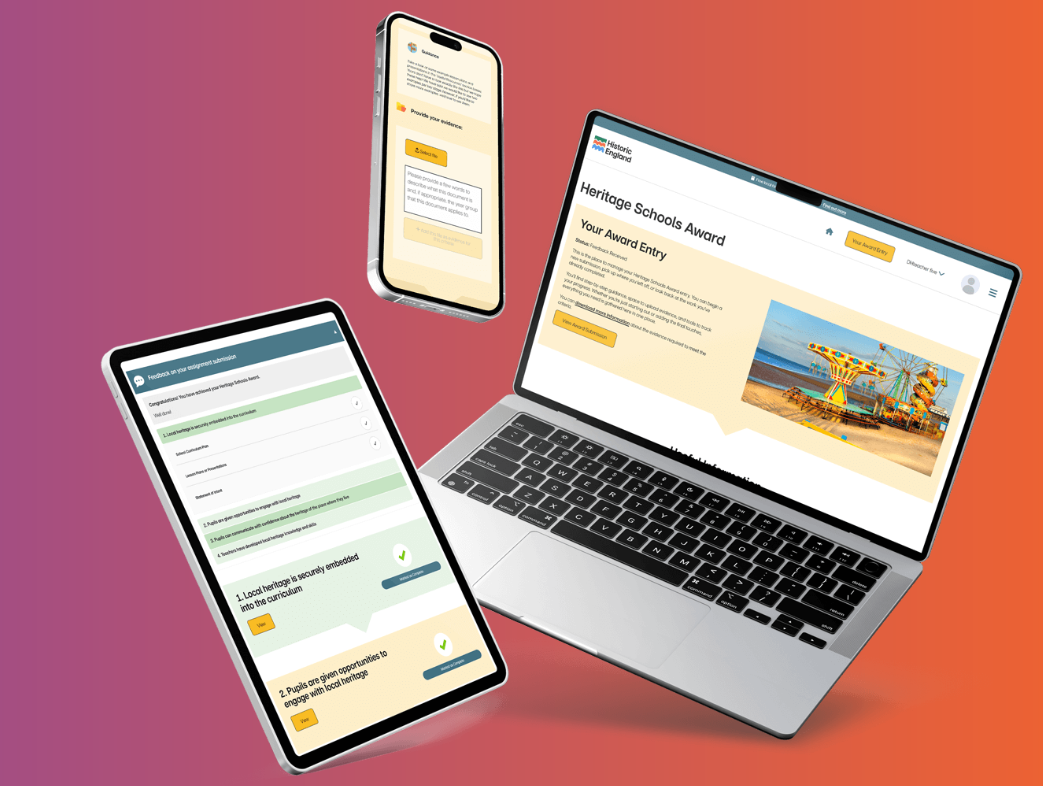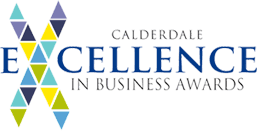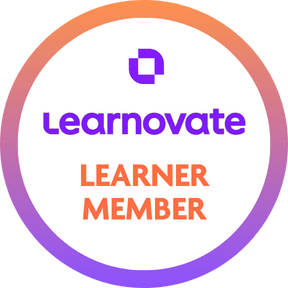Creating an Environment for Success

As subject experts, we’re often called upon to help solve specific challenges that an organisation or individual is facing.
Depending on how you deliver your expertise, this could take the form of a keynote talk at an annual event, training for specific teams, one-on-one coaching sessions, or facilitating interactive workshops. Often it can involve a mix of these different activities.
But once your work is complete, how can you ensure that your intervention has a long-lasting impact, especially when you’ve already moved onto the next client?
Seth Godin’s recent blog post highlights that success doesn’t necessarily depend on the quality of advice given but rather on creating an environment that enables your client (and their teams) to act on that advice.
We’ve all received good advice at some point – eat your greens, build your network, get away from the desk and move etc.
But once that early impetus fades, integrating these suggestions into our busy lives becomes a challenge. Life often gets in the way, no matter how strong our initial intentions are.
So, how can you help your clients create an environment for success and, in turn, have a more significant impact?
Here are some potential strategies you can adopt:
1. Take a Campaign-Based Approach
There’s so much that subject experts could learn from marketing. Great marketing builds awareness, shifts perceptions, and drives behaviour change over time.
These are precisely the aspects that a subject needs to do enable real change.
Before you commence a new project with your client, engage with the key contacts at your organisation. Ask them about internal campaigns that have made a significant impact (or not) in the past. What lessons can you take from these and adopt?
Consider providing assets that raise the profile of your involvement before you’re even in the room (virtual or physical). These could include noticeboard posters, email teasers, or short introductory videos that set the stage for your engagement.
Collaborate with internal communications teams to utilise their existing channels effectively, such as newsletters, intranets, or team briefings to ensure your client’s teams are primed, ready for you to help them.
2. Involve Your Audience in the Design
This should do without saying, but it’s often a missed opportunity, particularly when the edict for a project comes from someone who isn’t having the challenge themselves (like the HR contact).
Sending out a short survey to those that will be actually involved in your intervention is a simple approach to helping you understand existing perceptions and tease out where the real challenges may lie.
This activity allows you to tailor your delivery to what people actually need but also raises awareness of your involvement (reinforcing the campaign-based approach).
Additionally, involving your audience in the design fosters a sense of ownership. If they feel they’ve contributed to shaping your involvement, they’re more likely to engage with it from the outset.
Build on the survey by speaking directly to 3-5 respondents to dig deeper. Use this interaction to prime the next idea…
3. Empower Ambassadors and Evangelists
During your engagement, you’ll likely identify individuals who are particularly enthusiastic about your topic (i.e. those that respond to your survey).
These individuals might already have a vested interest in your subject or find that your content resonates deeply with them.
Leverage this enthusiasm by turning them into ambassadors or evangelists for your message.
For instance, when John Lewis launched a new in-house digital tool, they designated a ‘champion’ on every floor who could act as a go-to resource to great success.
Consider how you might replicate this approach within your client’s organisation to extend the reach of your expertise.
4. Provide Ongoing Support
Once your intervention concludes, what happens next? Simply crossing your fingers and hoping the lessons stick isn’t enough.
Nudges can be a powerful tool for keeping your teachings front of mind. For example, you could create a series of short, actionable emails that summarise key takeaways and new habits.
These emails could be scheduled over the next three to twelve months and include references to resources you’ve provided. There are many cost-effective digital tools out there that can deliver this for you (e.g. Mailerlite).
Additionally, consider offering optional drop-in online clinics for your client’s learners. These could be scheduled at intervals after your initial engagement.
This inclusion not only reinforces the material but also creates opportunities to answer lingering questions and address real-world challenges.
Think about how you can keep your teachings on the radar, in a scalable fashion, once you’ve left your clients to it.
5. Combine Experiences with Resources
Your intervention should focus initially on the ‘why’, so why your audience should care about what you’re teaching. Then, it should shift to the ‘how’ – meaning how they can implement your recommendations.
To ensure your expertise is applied in the real world, complement your core intervention with practical, easy-to-use resources.
Examples include:
- A 10-step checklist for conducting effective performance reviews
- A word template for crafting impactful team objective
- A 90-day plan for embedding new habits
These resources make it easy for your audience to tap into your approach without having to sift through extensive training notes.
Consider a central point, like a branded microsite or learning portal where resources, schedules, and progress updates can be accessed. This not only enhances visibility but also keeps participants engaged and informed.
For more ideas on resources, check out PA Consulting’s Anatomy of a Learning Professional.
Shifting Your Mindset
Creating an environment for success requires a shift in mindset – it’s not just about imparting wisdom but about helping your client cultivate the conditions in which that your intervention can thrive.
By helping your client include the creation of supportive ecosystems alongside developing new capabilities, you can ensure your expertise has a transformative and enduring impact, and in turn, maximise the chances of repeat work.
Fresh Insights Direct to Your Inbox
Enjoyed this article?
Join the Candle Digital Mailing List
You Have Proven Expertise.
Now Scale It.
